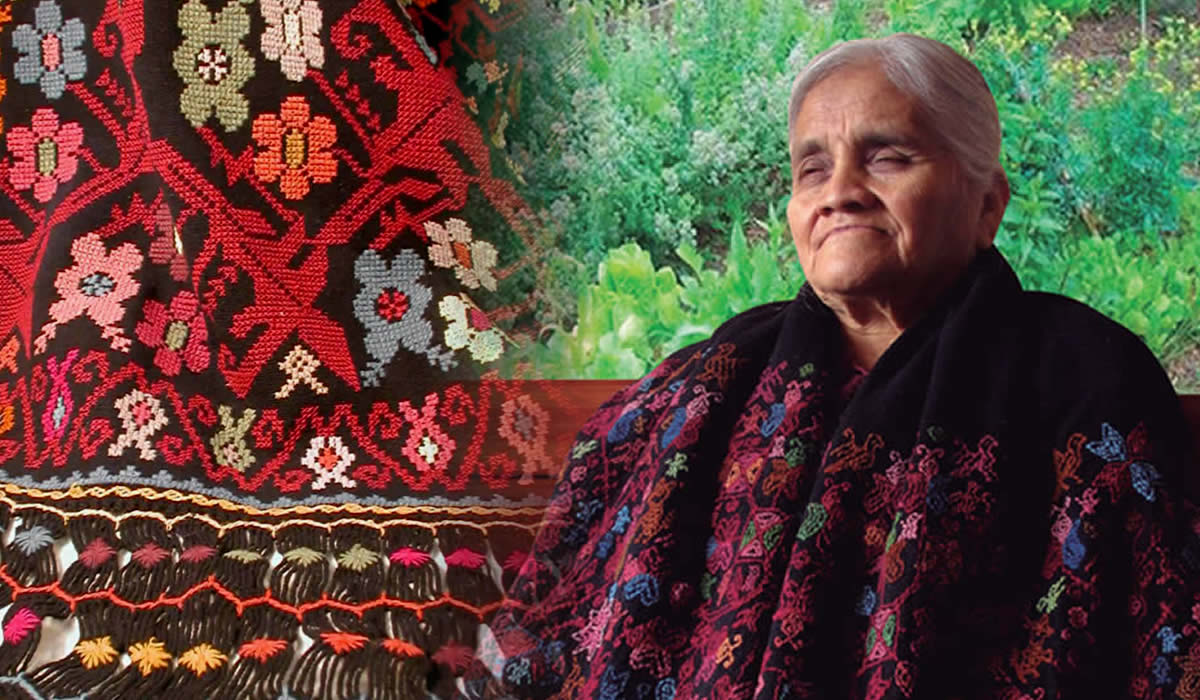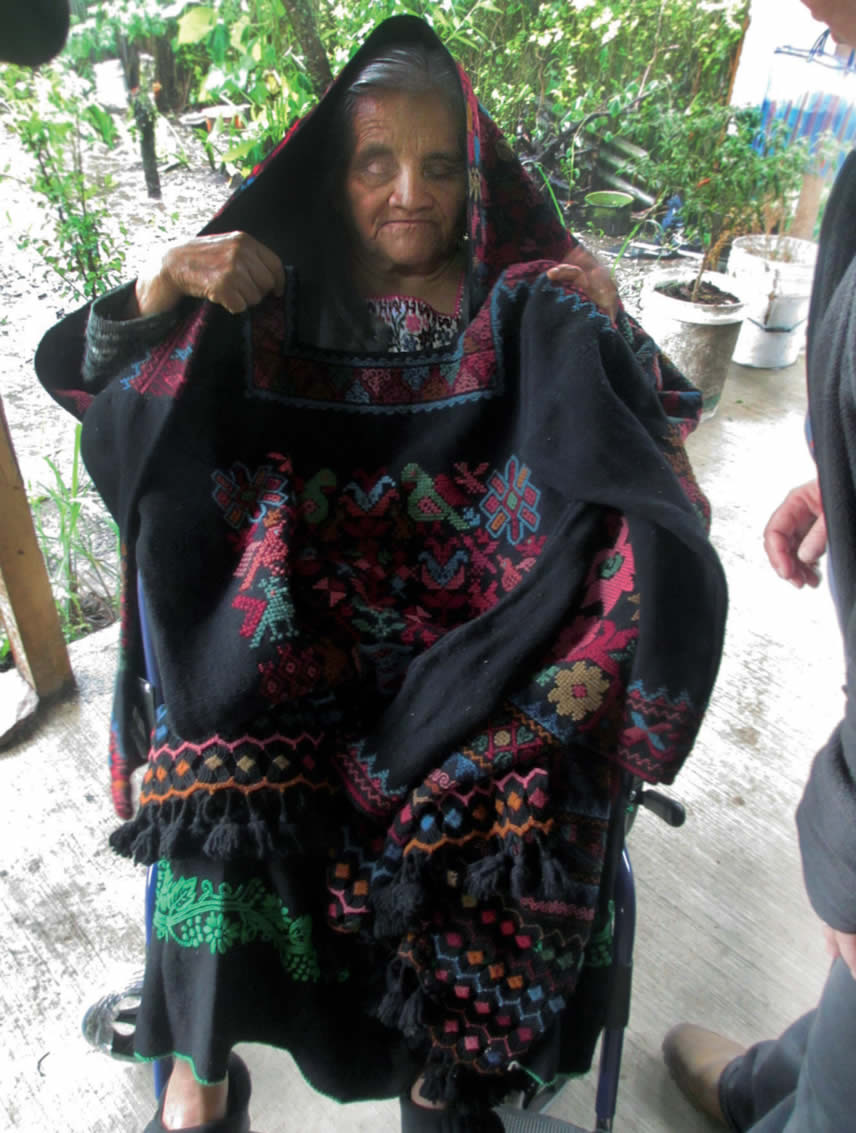Más Información

Sheinbaum confirma a sus primeros 16 invitados a toma de posesión: Jill Biden, Boric, Lula Da Silva, Petro y Díaz Canel

Trabajadores del Poder Judicial anuncian marcha el 1 de octubre; el mismo día de la toma de posesión de Claudia Sheinbaum
74-year-old Manuela Cecilia Lino Bello still recalls her grandmother’s tale of a late 19th century plague that almost swept away the entire population of her native Hueyapan, Puebla.
The mortality was such that there was no place left to bury the deceased and so, the departed were covered in colorful wool wrappings that were embroidered by the women on the village. A century later, this typical clothing had almost disappeared with “only a few elder women selling them in a village nearby, but becoming almost extinct after these passed away”, notes Náhuatl born Manuela.

“The biggest problem at the time was to obtain the indigo and the cochineal extract which are at the heart of the natural dyes and tinctures that color this traditional clothing”, says Manuela in a telephone interview she holds with EL UNIVERSAL, after being awarded the National Prize of Arts for preserving Popular Traditions 2016, last December 15th from president Peña Nieto in the presidential residence of “Los Pinos”.
For the ceremony, Manuela wore a “traditional party suit used by our Náhuatl ancestors” as a result of the over 35-year-recovery of the traditional embroidery technique and tincture processes for tailoring such clothing that started back in August of 1979 with the foundation of the Tamachichijhuatl women collective. The collective has since brought together over two-hundred women devoted to the production of colorful wrappings, shawls, huipiles (traditional garments won by indigenous women from Central Mexico) and a variety of similar indigenous wrap clothing like rebozos and jorongos tailored from traditional indigenous yarn dying techniques.
Manuela notes that the support of popular art promoter, Teresa Pomar, was instrumental for having their pieces showcased beyond Puebla: “...she bought large quantities of clothing from us, which she sold in the local museum, and she also helped us to enter the Mexican Fund for Craft Development (FONART) network”.

Manuela Lino stopped creating wrap clothing herself fifteen years ago due to blindness, however, she remains the head of the women embroiders in her community: “Keep the genuine artisan in you, never let go of the traditional indigenous processes at the heart of our clothing or else become a mere handicraft or fake textile from the industry”, says daughter Cecilia Jaime Lino of her mother teachings; she adds, “though she cannot see very well these days, she is still responsible for the designs and the ideas that we bring to our pieces of embroidery, whether it is a shawl, a huipil or a wrapping”.








